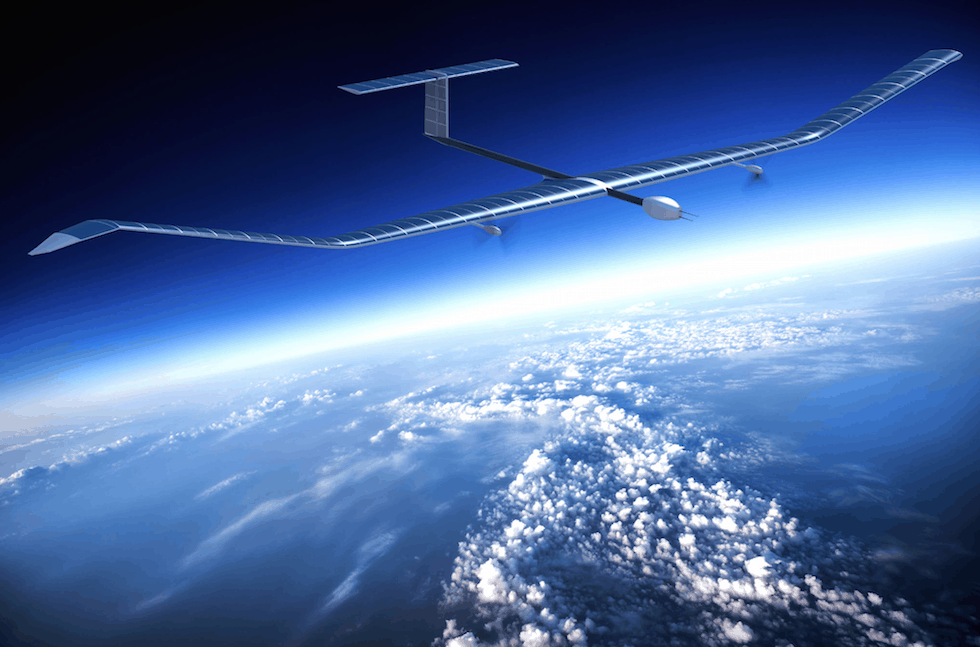Airbus to build solar powered pseudo-satellites for Ministry of Defence
The MoD has placed an order with Airbus Defence and Space for the build and operation of two solar-powered Zephyr 8 high-altitude pseudo-satellite (HAPS) craft.

Fitted with a range of communications links, the ultra-lightweight Zephyr 8 can fly at 65,000ft, making it capable of avoiding weather systems and providing persistent surveillance over land and sea or sea for months at a time.
The earlier Zephyr 7 HAPS had a 22.5m wingspan and broke the UAV endurance record in 2014 with an 11-day flight, a feat accomplished in winter conditions and accompanying short daylight in which its solar cells could charge its batteries.
The latest generation Zephyr 8 has a wingspan of 25m, is 30% lighter and can carry 50% more batteries than Zephyr 7. According to Airbus, this enables the ground controlled Zephyr 8 to carry heavier payloads for its surveillance and communications roles.
The first Zephyr 8 is under construction at Airbus Defence and Space’s Farnborough, UK facility and is due to fly in mid-2017.
The MoD has not disclosed how the aircraft will be used, although November 2015’s Strategic Defence and Security Review does make reference to the procurement of advanced communications equipment for Britain’s special forces, including investment in advanced high-altitude surveillance aircraft.
Register now to continue reading
Thanks for visiting The Engineer. You’ve now reached your monthly limit of news stories. Register for free to unlock unlimited access to all of our news coverage, as well as premium content including opinion, in-depth features and special reports.
Benefits of registering
-
In-depth insights and coverage of key emerging trends
-
Unrestricted access to special reports throughout the year
-
Daily technology news delivered straight to your inbox










National Gas receives funding to develop Gravitricity underground hydrogen storage system
One single rock salt mine - Winsford - has 23 <i>MILLION </i>cubic metres of void and even allowing for 10% of that void set aside for hazardous waste...